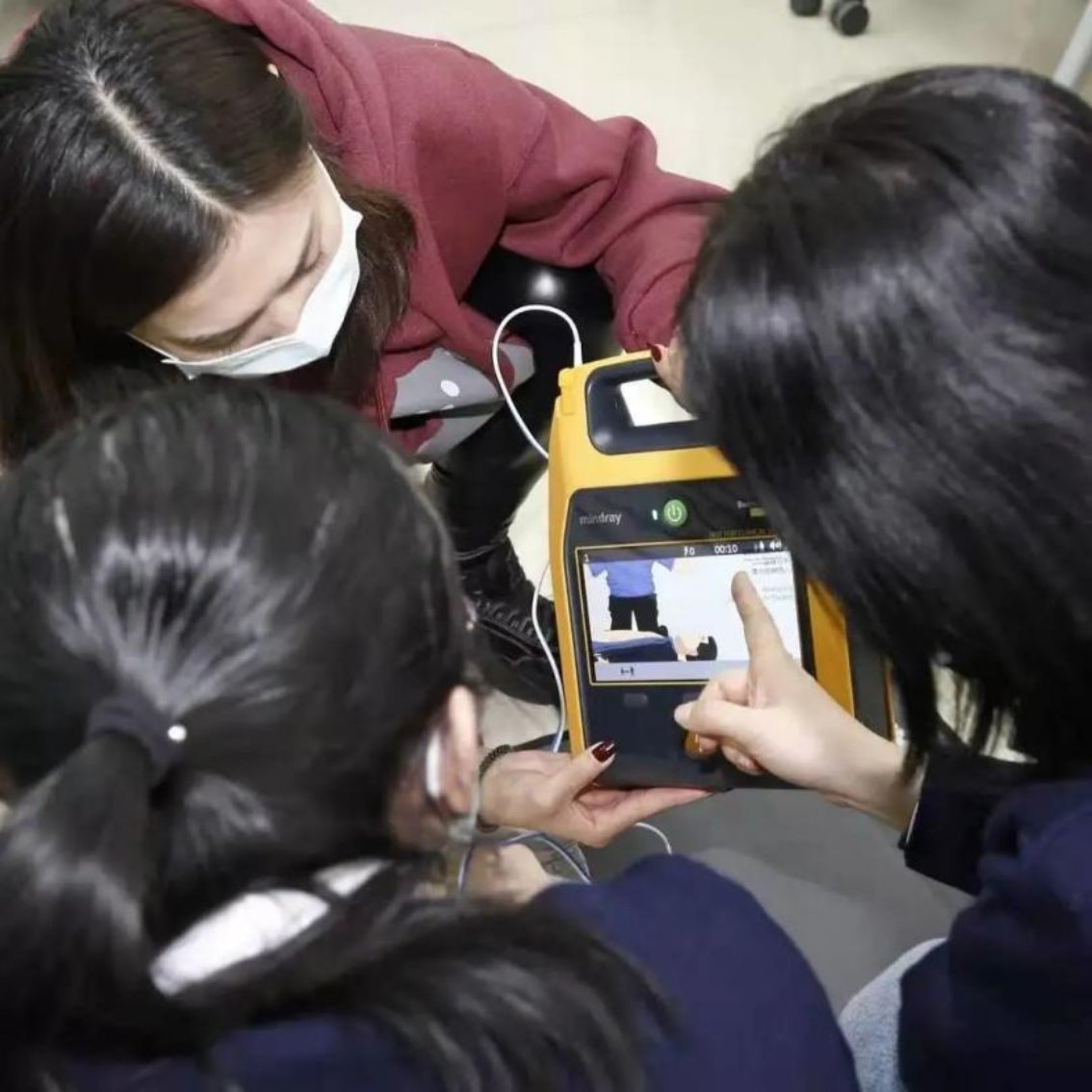More AEDs installed at BNU
On March 12, the AED equipment project were launched on the campus of Beijing Normal University. At present, there are in total 20 AED devices on BNU Haidian Campus. In teaching building 2, 4, 7, 8 and 9, there are two AEDs installed respectively. The other ten AEDs are distributed in other buildings so as to cover all scenarios on campus.

Distribution of AED
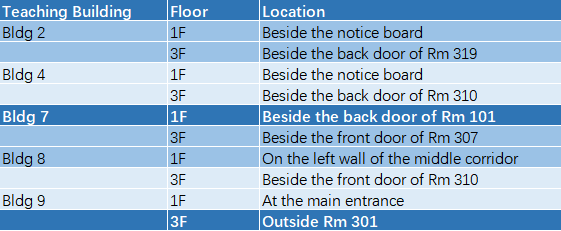
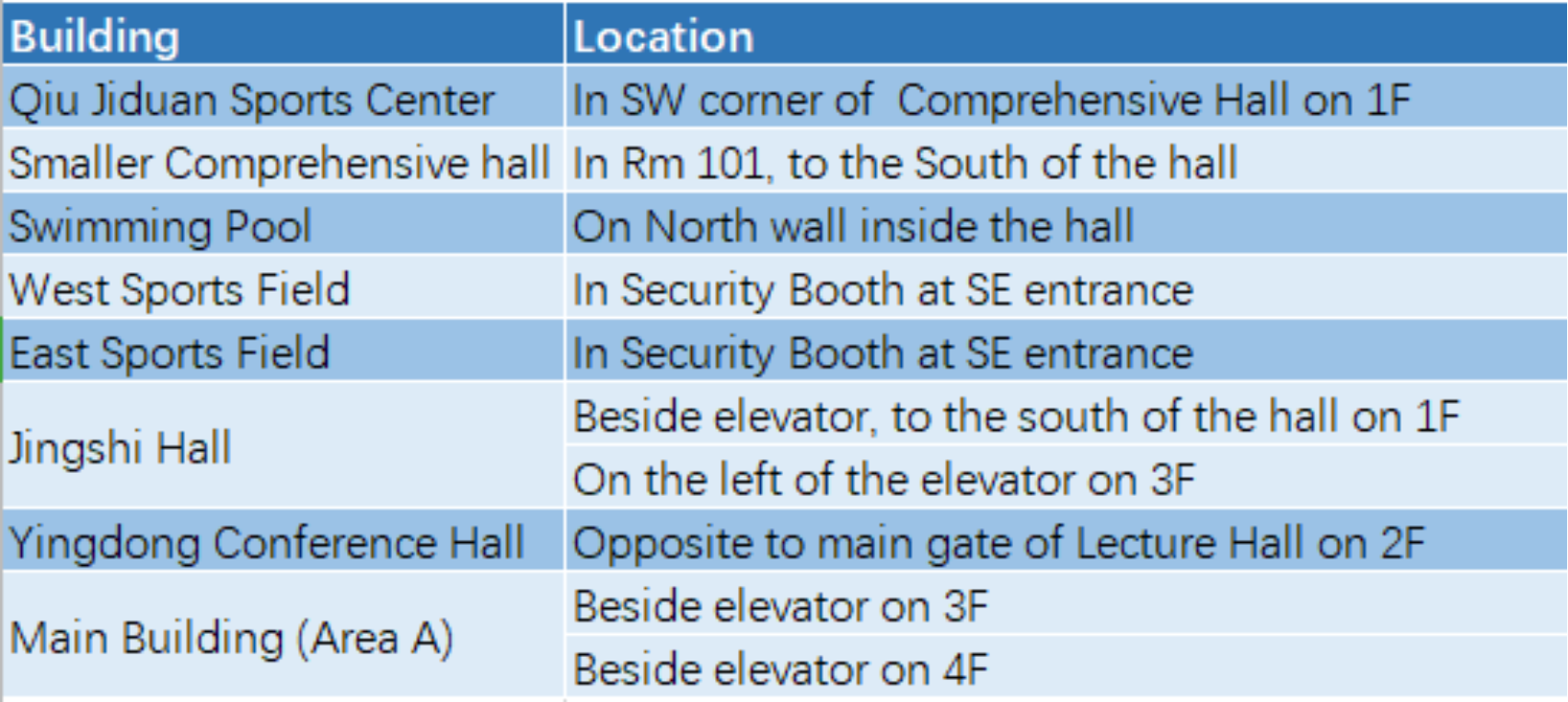
What is an AED
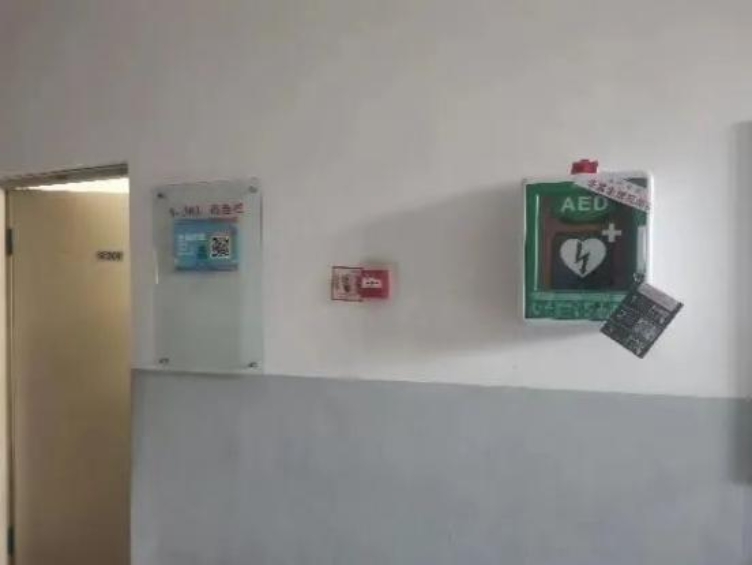
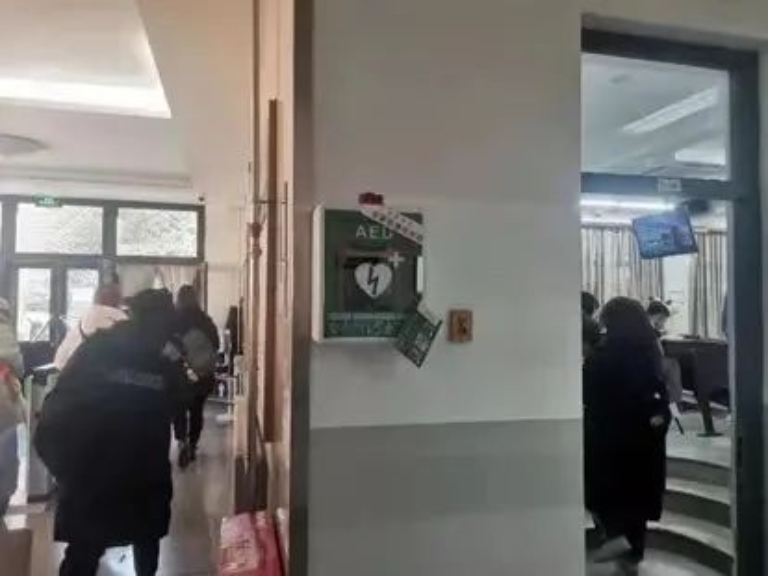
AED (Automated External Defibrillator) is a portable, easy-to-operate device designed specifically for non-professionals to provide first aid for victims who suffer cardiac arrest. Cardiac arrest is a sudden loss of blood flow resulting from the failure of the heart to pump effectively, which finally results in death. This unexpected death is also known medically as sudden death. According to incomplete statistics, the average number of sudden cardiac deaths in China is as high as 550,000 per year, 87.7% of which occur in public areas other than hospitals. The golden rescue time for victims with cardiac arrest is only 4 minutes, so it is very important to install AEDs in a crowded public place to improve the success rate of rescue.
How to use an AED
According to the expert guidance of 120 Beijing Emergency Center, the operation of AED can be divided into the following four steps.
Step 1: Switch. The victim should lie on his back. AED should be placed next to the victim's left ear. Switch on the power by pressing the power button or lifting the lid of the display. Voice instructions will sound.
Step 2: Stick. Apply the electrode pads to the victims bare chest with one on the victim's right upper chest (under the collarbone) and the other on the outside of the left chest (with the upper margin 7cm away from the armpit).
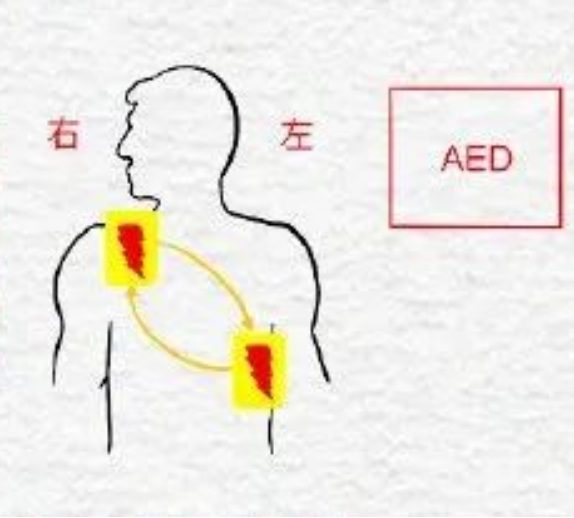
Step 3: Plug. Insert the electrode pads wires into the AED host device. Press the “Analysis” key and it will begin to analyze the heart rhythm (some devices will automatically start analyzing heart rhythm. Do not touch the victim during this process. Even a slight touch can affect the analysis). The analysis takes 5 to 15 seconds. Upon completion of the analysis, AED will recommend whether to perform defibrillation.
Step 4: Shock. Before pressing the “shock” button, make sure that no one touch the victim, or loudly declare “leave”. While a shock is delivered, the victim will have a sudden convulsion. After the first shock, CPR continues immediately. The electrodes need to be sticked to the victim all the time. Every two minutes or so, AED will automatically analyze the heart rhythm again. If the effective heart rhythm is not restored, the operator should continue CPR and then analyze the heart rhythm again. Perform defibrillation and then CPR…… Repeat until emergency medical personnel arrive.
